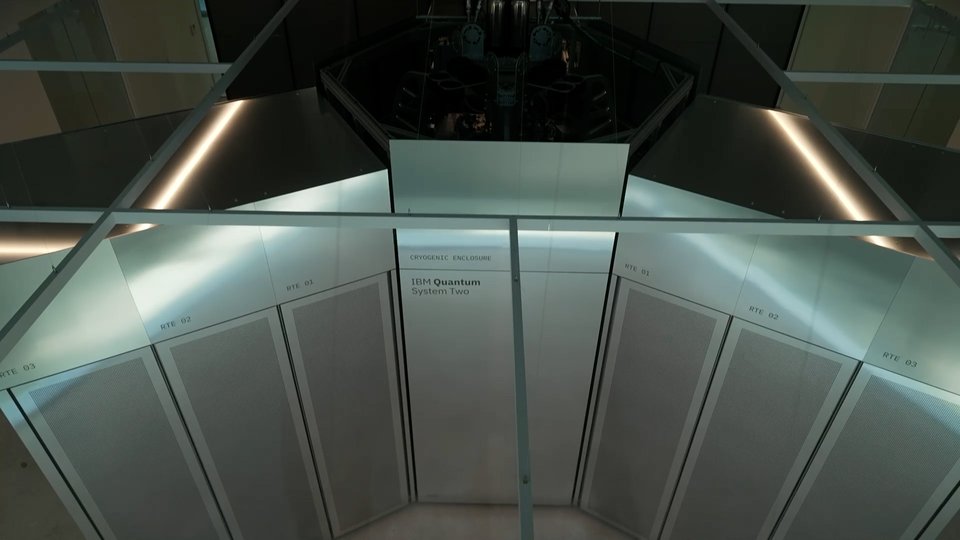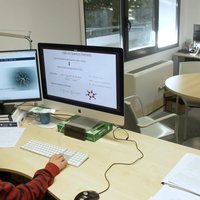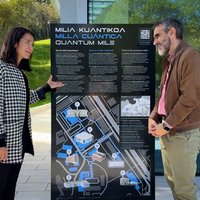Tips for Improving Physical Working Conditions (I)
To combat the effects of sedentarism, each person should perform the type of exercise that best fits his or her nature. Despite this, many times the exercise is not enough, since the time we spend in bad and inadequate postures is much greater than that dedicated to the exercise of correction.
For our body as important as gymnastics or yoga is to improve our working conditions, that is, choose the right chairs or shoes, know how to properly capture a floor or detect when our muscles are tired. Therefore, below are a series of tips that could be practical for certain activities and types of work.
Works in which a seat is used
It is essential to use a chair that adapts to our height and the activity that we develop. The table, also in height and inclination, should be adapted to this activity thought. The tools we use, whatever type they are, must be distributed properly during the day so that we are not forced to perform repetitive movements (and always for the same side).
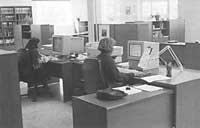
In no case should it be done more than an hour sitting, without getting up or stretching the body, to facilitate blood circulation in body parts that have been softened and compressed muscles.
When sitting we have to be erect and with the body distribute the weight especially on the isquiones (two lower bones of the hip). We should get used to not sitting in asymmetric positions (e.g. with a flexed leg between the seat and the other leg).
For long activities, the seat should not be too soft or too hard.
• For those who work in the office or on computers, how should the chair be?
- Adapted to the dimensions of each person, the feet should be fully supported on the floor, the legs are vertical and the knees should not be above the hip. The seat base will be at least adjustable between 38 and 50 cm.
- The back of the chair will be adjustable both in height and in depth. It will be at least 25 cm in height and large enough and curved in width. The back, of course, of the person, should be mainly supported in the kidneys; in the lumbar area.
- The chairs should be comfortable to sit and leave, without risk of colliding with anything, and if it is a swivel chair, uncomfortable gestures will be avoided when sitting or rising.
- The back of the chair should never be tilted backwards, but horizontally or forwards (maximum 10 degrees).
• And how should tables be?
Horizontal desks. The distance between the base of the chair and the deck will be between 27 and 32 cm.
The tables for typing machines should be 8 cm below the desks.
• Other tips
For works that force to force the look or the view, natural light and rooms decorated with soft tones are the most suitable. If computers with separate screen and keyboard are used, it is possible that they are finally placed in the most comfortable and correct position.
If we use two tools at a time, for example the keyboard and the paper, we will place them in front of each other, at different heights (remember that the height most suitable for a keyboard is 8 cm lower than that used to write), or in the worst case, one next to the other, at the same level. They should never be very far from the song or at a 90 degree angle, as asymmetric muscle development would facilitate scoliosis.
The activity will be suspended as soon as visual, intellectual or muscular fatigue appears. In spite of the urgency of the workforce, in some moments we should rest, stroll, stretch, close our eyes or usually take another job.
• Special tables and chairs for liners and drawers
The tables used for these works should be adjustable in height and inclination (horizontal to vertical). To adapt to our needs, we must take into account that the more horizontal the table is, both the table and the chair should be lower. On the contrary, the vertical table admits the high chair, but whenever it supports properly the feet on the floor.
The saddles that are commonly used are totally uncomfortable and have problems: when compressing the lower part of the legs, they clog the blood circulation and demand very forced back positions, with the consequent risk of serious injury. The most recommended chair or seat is a kind of chair/chair tilted forward, adjustable.
• Drivers

The working conditions of trucks or motorists are very different, so we will treat them separately.
Truck truck truck
The steering wheel, usually fixed (although adjustable in the new brands), is the seat that must be fully adjusted and adjusted; in height, at distance of the steering wheel and inclination of the rear and back.
The correct position would be:
With the back of the chair (or seat) in vertical position and supported in the lumbar area, and the rear of the seat inclined about 8 degrees forward, it must allow the point further away from the steering wheel without the driver tilting the back forward, until you can pedal comfortably.
The amortization of the cabin is also important. In case it is not satisfactory, a seat amortized by air will be placed in the truck so that the blows and jumps do not affect the back.
This attitude, especially in the position of the seat, is strange to the truckers who have been in the shop for years, but should try to get used to it, since it is a much healthier posture than the other.
While the truck has been designed as a tool and the details or details have been improved, the tourism or the car are designed to give a different aspect, hence many times the errors and damages.
The first mistake is that in cars there is no chair, but armchairs or armchairs, which seem more apt to make a lethargy than to drive. That is why it is difficult (almost impossible) to devise the most suitable position for the car seat:
- If the back (from the seat) is placed vertically (it would be straight), the angle between the back and back would be less than 90 degrees. This compresses the plexus of the groin, preventing or hindering blood circulation.
- On the contrary, when the angle between the back and the ass of the seat is equal to or greater than 90°, the position of the head is very far from the center of gravity, forces us to force the muscles of the neck.
Unfortunately, as in many other things, it must be said that the bigger and more expensive the car is, its seats are both better from the anatomical point of view.
Therefore, those who usually travel by car (that is, those who are required to use the car again and again for professional reasons), must stop often (every hour or maximum every two hours) to stretch their legs and move the neck and back.
For those who work sitting:
Whatever their activity, they should be sitting on horizontal or inclined surfaces (not too hard or too soft), with a slight contraction of the erect abdominal muscles and without forgetting to get up frequently enough to rest.
In particular, the exercises to be performed have a double objective:
- reinforcing abdominal muscles, hamstrings and not commonly used.
- stretching the upper and posterior muscles of the leg (especially quadriceps), neck and chest.
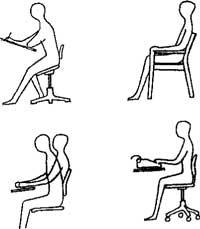
In short, if we work sitting, let us not forget:
- Use chair and table adapted to the activity you perform.
- Get up often to rest.
- Sitting.
- Do not repeat too much asymmetric movements.
- Maintain muscles in good condition through complementary exercises.
Buletina
Bidali zure helbide elektronikoa eta jaso asteroko buletina zure sarrera-ontzian



